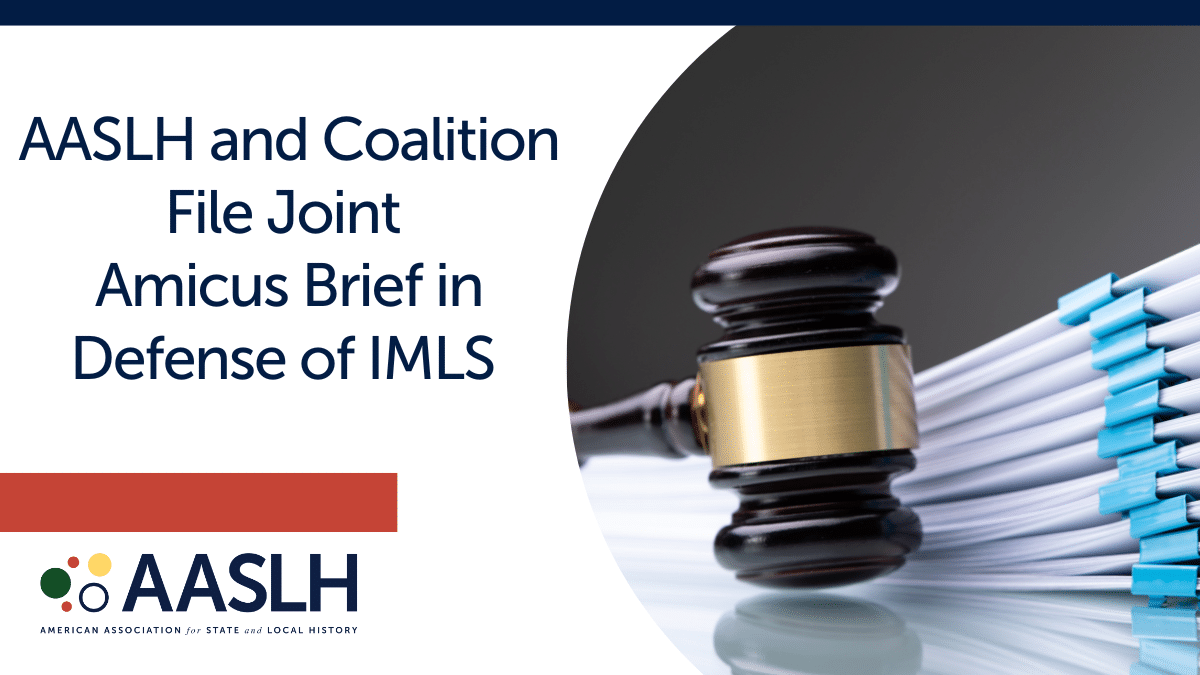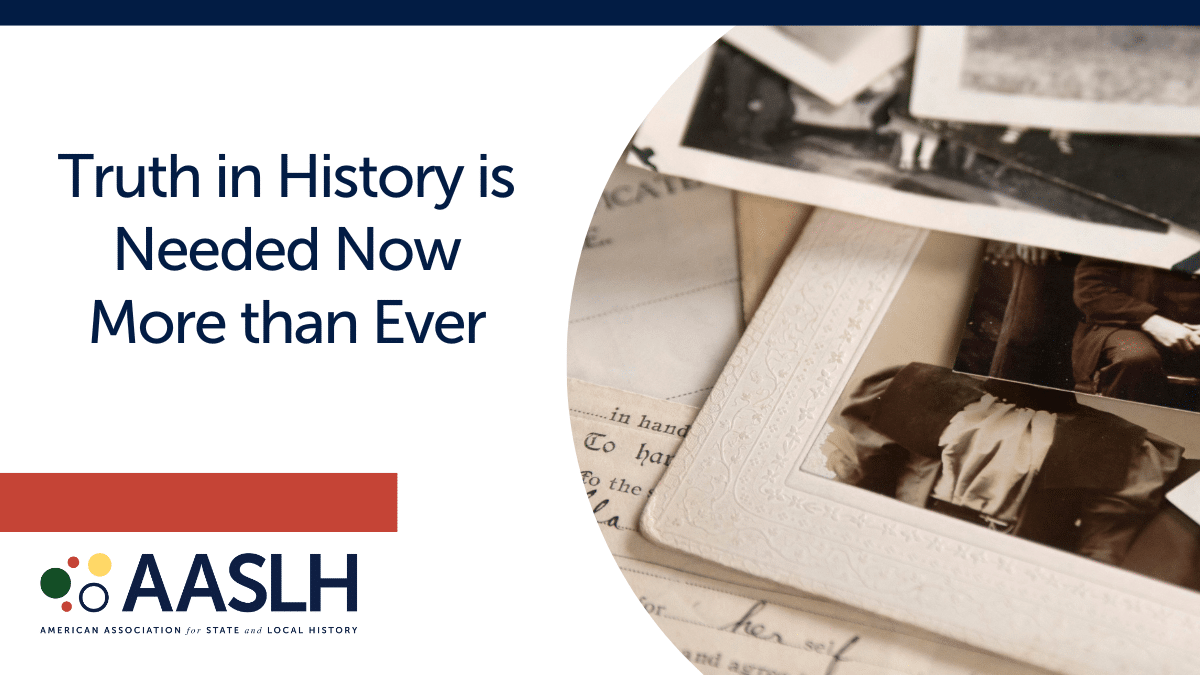This review originally appeared in the Autumn 2018 issue of History News.
Moving Image and Sound Collections for Archivists
By Anthony Cocciolo
(Chicago: Society of American Archivists, 2017)
Reviewed by John Morton
 In Moving Image and Sound Collections for Archivists, author Anthony Cocciolo brings ample insights from work both “in the trenches” as an archivist and also as an educator to bear on challenges that any archives is bound to face sooner or later. The result is the book on audiovisual archiving for those who don’t have the time to read a book on audiovisual archiving. Readers can rest assured that not only does Cocciolo — who teaches at the Pratt Institute School of Information — know his subject, he knows how to teach it, too.
In Moving Image and Sound Collections for Archivists, author Anthony Cocciolo brings ample insights from work both “in the trenches” as an archivist and also as an educator to bear on challenges that any archives is bound to face sooner or later. The result is the book on audiovisual archiving for those who don’t have the time to read a book on audiovisual archiving. Readers can rest assured that not only does Cocciolo — who teaches at the Pratt Institute School of Information — know his subject, he knows how to teach it, too.
Right from the outset, Cocciolo addresses Moving Image and Sound Collections for Archivists to those with a background in traditional, i.e. paper, collections who may stumble upon audiovisual artifacts in the midst of a larger collection. From this starting point, the book serves as an expanded workflow toward digital reformatting and preservation. Theoretical considerations, such as the appraisal process for a media artifact or different options for eventual digital exhibition online, account for the first half of the book, while the second half profiles the audiovisual carriers an archivist is likely to encounter and offers basic guidance for their conservation and preservation.
The book’s greatest accomplishment is simply to make this kind of archiving seem possible, even if it’s a first-time endeavor under trying circumstances.
Cocciolo’s recurring ultimate recommendation adheres to the accepted best practice in the field: create high-quality digital transfers of collection items, secure the master files in a trusted digital repository, create compressed access copies for day-to-day reference, and conserve the original carriers. At the same time, Cocciolo also concedes that these standards will be out of reach for many small and medium-sized collections, and allows that fleets of budget hard drives may stand in for servers, for example, or that the original artifact may have to serve as the access copy in some cases. He also matter-of-factly acknowledges the pitfalls posed by issues such as copyright compliance, terms of use for online streaming platforms, and the risk of proprietary software being put out to pasture and leaving archivists in the lurch. When broaching complex topics that merit their own dedicated manuals, Cocciolo deftly supplies a baseline sketch of the issue but demurs from leading his readers down any rabbit trails.

Cocciolo’s trim volume benefits from lucid chapter and subject divisions, wonderfully functional illustrations, and down-to-earth language. The book is modular enough that individual chapters serve for functional stand-alone reference, but also lends itself to an easy and effective read-through. In addition to stewards of paper collections, veteran audiovisual archivists may use the book to reorient to the bigger picture if they have spent some time in the weeds or if they could use an update to state of the art practice. The scope and tone of the book are also suitable for students. For all these reasons, Moving Image and Sound Collections for Archivists is certain to enjoy frequent use at organizations or libraries that pick up a copy.
John Morton is the Audio-Visual Archivist Assistant for the Knox County Public Library System in Knoxville, TN. He holds an M.A. from the University of Rochester and certification from the L. Jeffrey Selznick School of Film Preservation in Rochester, NY. John has worked with libraries and archival collections for five years. He can be reached at [email protected].
Are you interested in contributing reviews to History News? Apply here.



